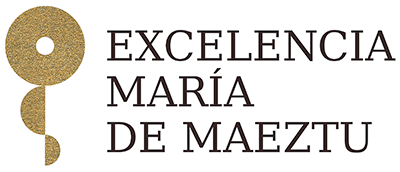In the past 40 years, the U.S. labor market has experienced various changes in its wage and job structure. Inequality between workers of different education classes have increased, as well as the returns to tenure. More recently, economists have turned their attention to the disappearing of the middle wage occupations and the increasing of low and high wage occupations – so called job polarization. While the causes of the increasing inequality and the polarization of the labor market have been extendedly studied independently, many questions remain on how the two phenomena – that happened concomitant – may affect each other.
In his research, Tomás Martínez studies how job polarization is linked to the classical forms of inequality between college and high school workers and young and old workers. He points that job polarization interacts in a non-trivial way with the change in the college premium and the experience premium. In particular to the experience premium, polarization might affect it through two channels. The first comes from complementarities between experienced and inexperienced labor and the difference of the occupation structure between cohorts. Since changing occupation is costly, job polarization affected strongly new cohorts, creating disproportional differences in the occupation supplied by different cohorts. Whenever there is complementarity between the labor supplied by young and old workers the relative price of experience changes. The second is based on the substantial heterogeneity that different occupations have in their returns to experience. As polarization increased the propensity of educated workers to high returns occupation and less educated workers to low returns, it mechanically changed the returns to tenure for different educational groups. A key point is that some of these effects vanish once the polarization stabilizes and the occupational structure of the economy remains unchanged.
Tomás Rodriguez
